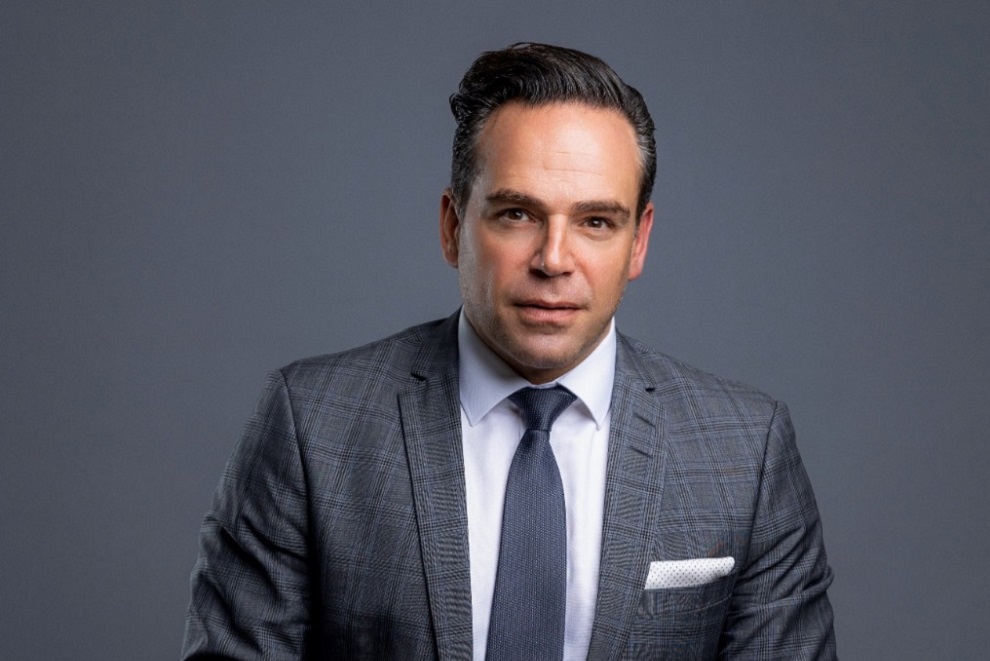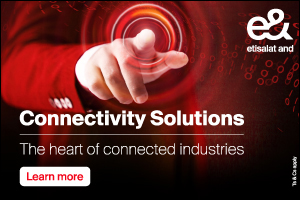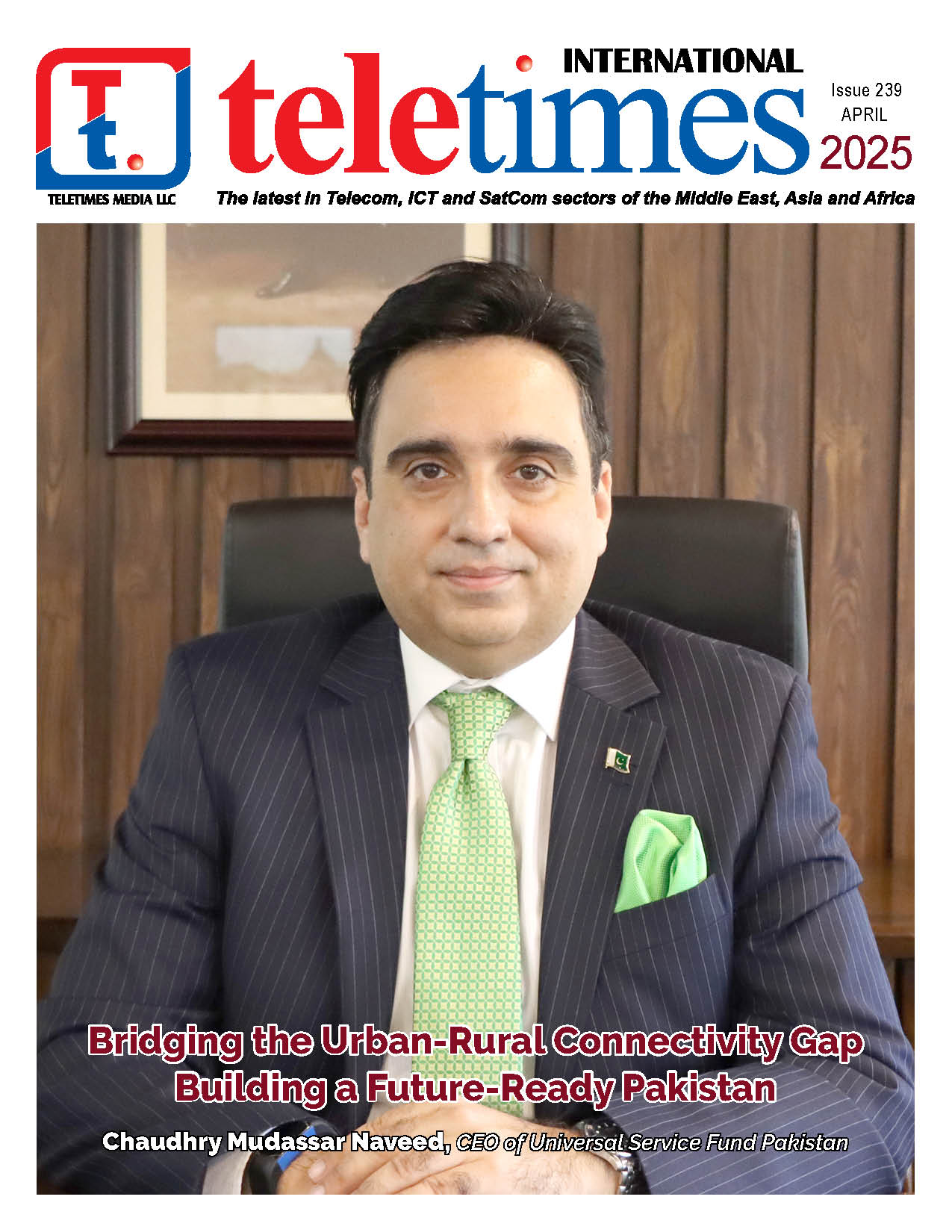Toni Pellegrino, MD of South Africa and Head of Network Infrastructure for Southern and Eastern Africa at Nokia
Broadband connectivity is a cornerstone of Africa’s transformation, driving economic growth, enhancing social equity, and unlocking new opportunities for innovation. However, with fixed broadband penetration in Africa at 12% – compared with the global average of 63% – millions remain disconnected, particularly in rural and underserved areas. This digital divide not only limits access to essential services like education and healthcare but also hampers the continent’s broader socio-economic development.
Encouragingly, Africa’s fixed broadband adoption grew by 11% in 2022, reflecting both progress and potential. Transformational projects, such as those focused on expanding affordable, high-speed fiber broadband to underserved communities in South Africa, demonstrate how innovative technology and business models can pave the way for inclusive digital connectivity.
Real-world impact on bridging the digital divide
South Africa’s broadband market is at the forefront of Africa’s digital transformation. Fixed broadband, driven by both fiber networks and Fixed Wireless Access (FWA), is enabling greater connectivity across urban and rural areas. However, the need to connect underserved regions remains critical, particularly as broadband’s socio-economic benefits become increasingly apparent.
Recent initiatives demonstrate how innovative partnerships are driving progress. In collaboration with local operators, fiber broadband expansion projects are delivering affordable, pay-as-you-go fiber solutions to underserved communities, particularly in five cities and 14 townships (Low-income, High-Density areas) across South Africa. These efforts are addressing affordability challenges by reducing reliance on mobile data, which can be up to 70 times more expensive per gigabit than fiber.
The result? For millions of low-income households, broadband connectivity is becoming a reality for the first time. These solutions are not only bridging the digital divide but also unlocking access to essential digital services like online education, telehealth, and remote work—key drivers of economic empowerment and social inclusion.
Market potential for broadband expansion
With its growing broadband market, South Africa offers immense opportunities for stakeholders. Over one million households are already in overbuild zones, showcasing the demand for high-speed, reliable internet. As digital adoption increases, the market is shifting from simple connectivity to services that require high-speed network infrastructure capable of supporting advanced applications.
This demand is particularly pressing as South Africa becomes a hub for digital innovation in Africa. Technologies such as fiber-to-the-home (FTTH) and fixed wireless access (FWA) are crucial to addressing connectivity challenges, offering scalability and efficiency. Future-proof solutions like 25G, 50G and 100G PON ensure that infrastructure can handle the exponential growth in data consumption, laying a sustainable foundation for long-term economic growth.
Business models that make a difference
Technology alone cannot solve the connectivity challenge. The success of broadband expansion depends on innovative business models that align with local realities. In South Africa, pay-as-you-go fiber broadband has emerged as a game changer. This model enables households to access high-speed broadband incrementally, making it more affordable for low-income communities.
Such business models also help monetize network investments, creating sustainable revenue streams for operators while expanding access. By integrating these models with advanced technologies, service providers can meet the diverse needs of South Africa’s population, from densely populated urban centers to rural areas with limited connectivity options.
Collaboration: the key to connecting the African continent
There is no one-size-fits-all solution for addressing Africa’s connectivity challenges. South Africa’s experience highlights the importance of collaboration among governments, technology providers, and local stakeholders. Public-private partnerships (PPPs) have proven especially effective, enabling stakeholders to pool resources, share expertise, and scale broadband deployments.
For instance, partnerships are transforming underserved communities in provinces like Gauteng and Free State. By leveraging local insights and innovative technology, these collaborations are delivering high-speed connectivity to regions previously left behind. This approach ensures that broadband expansion addresses both accessibility and affordability, creating solutions that are impactful and sustainable.
Broadband’s role in socio-economic growth
Broadband connectivity is more than a technological upgrade, it is a catalyst for socio-economic transformation. Affordable, high-speed internet enables access to critical services like education and healthcare while fostering economic participation.
In underserved communities, telemedicine bridges gaps in healthcare access, connecting patients with doctors in urban centers. E-learning platforms empower students in rural schools, providing them with the tools they need to succeed. Broadband also fuels entrepreneurship, enabling small businesses to reach new markets and driving job creation in the digital economy.
South Africa’s connectivity efforts also align with the United Nations Sustainable Development Goals (SDGs), particularly those focused on reducing inequalities and fostering inclusive growth. By prioritizing broadband expansion, the country is laying the groundwork for a more equitable and prosperous future.
Shaping Africa’s digital future
The journey to a connected South Africa is a shared responsibility. Governments must implement policies that encourage investment and innovation, while operators and technology providers develop scalable, adaptable and sustainable solutions. Local communities and organizations also play a crucial role in ensuring these efforts address real-world needs.
The numbers are clear: With 12 to 14 million households remain unconnected, the potential for transformation is immense. Bridging the digital divide can unlock South Africa’s full potential, enabling every individual and community to thrive in the digital economy. Recent initiatives, such as the pay-as-you-go fiber solutions and collaborative efforts to expand broadband access in underserved South African communities, highlight the transformative power of innovation and partnership. Affordable broadband is no longer a distant goal, it is an achievable reality that can transform lives, drive sustainable economic growth, and create a digitally inclusive future.












